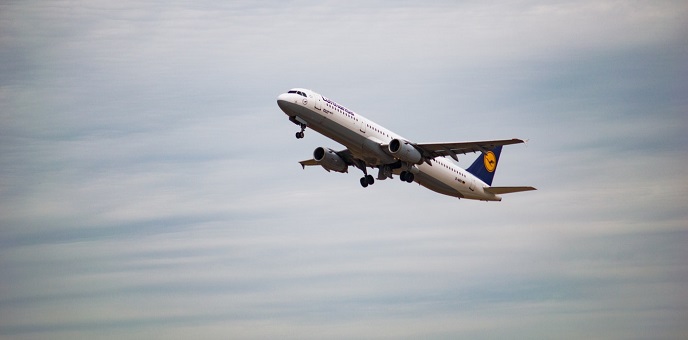The U.S. government has a bilateral agreement in place with the European Union, rather than EASA.
The U.S./EU Agreement covers more areas than bilateral agreements the U.S. has with other countries.
It is a three-tiered agreement.
a) The highest tier is the Executive Agreement, which provides the framework for all cooperation between the U.S. and the EU in the area of aviation safety. T
b) The second tier is the annexes.
Annex 1 covers airworthiness and environmental certification, and
Annex 2 covers maintenance.
Note (Additional annexes continue to be being negotiated.) The annexes cover the scope of acceptance between the United States and each EU Member State.
c) The third tier is the procedures and guidance material. The document supporting Annex 1 is called the Technical Implementation Procedures (TIP).
This document is approved by the FAA and EASA.
Who is the exporting and importing authority in this new EU environment?
For U.S. products exported to the Member States of the European Union after September 2003, the importing authority is the EASA.
For European products exported to the U.S., the exporting authority will remain the individual NAA.
Import of European Products to the United States (What products can be imported from the European Union?
European products, parts and appliances that can be imported from each EU member state are listed in the Appendix to Annex 1 of the U.S./EU Agreement.
The scope for each member state is different and is based on the industry within the country, U.S. market potential, and U.S. familiarity with the NAA.
Note – Not all EU member states are in the Appendix.
After September 28, 2012, an EASA Form 27, Export Certificate of Airworthiness, will be used for the export of new or used aircraft.
FAA will continue to recognize Export Certificates of Airworthiness from Member States issued prior to September 28, 2012. On and after September 28, 2012, the FAA will only recognize EASA Form 27.
An EASA Form 1 will be used for the export of new engines, propellers, appliances, and parts.
FAA will continue to recognize JAA Form One’s previously issued prior to September 28, 2005.
Standard Parts can be imported to the U.S. when accompanied by the manufacturer’s Certificate of Conformity.
EASA TCH & STCH
All EASA TCs and STCs, eligible for product and part import, must be validated by the FAA and the FAA will issue its own certificate, as appropriate.
Articles approved under an ETSOA must have an FAA Letter of TSO Design Approval before export to the U.S.
The FAA will issue approval letters for:
a) Major level 1 design changes to TCs and STCs
b) Major design changes to ETSOAs, and
c) Repairs to critical parts that were developed by someone other than the TC/STC holder.
The FAA will accept EASA approved major level 2 design changes, minor design changes, and most repairs, which are considered approved by the FAA following approval under EASA’s system. (See the TIP for details.)
Sofema Aviation Services www.sassofia.com and SofemaOnline www.sofemaonline.com offer classroom and online training for FAA subjects. Please see the websites or email office@sassofia.com or online@sassofia.com




